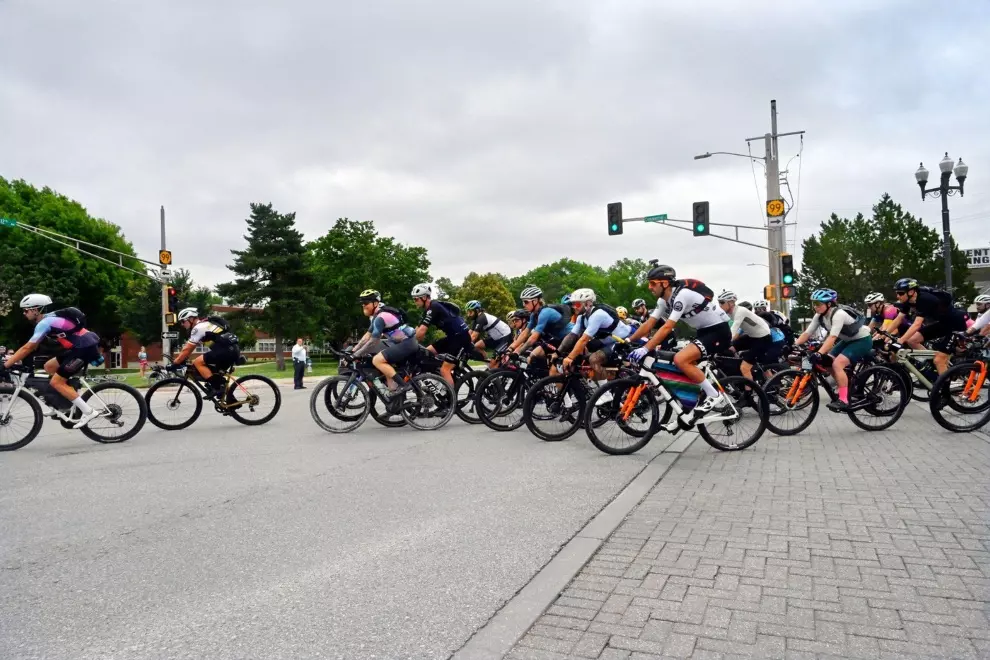Three very cold years
Nate worked at the South Pole on and off for about 32 months. He spent a total of 3 years or so working for the United States Antarctic Program, including two full year stays at the South Pole. According to him it was a fairly significant part of his life and we can see why – but what makes it so interesting for us? He couldn’t imagine being there without his bike.
“I worked at the Geographic South Pole for several seasons, but in the 2011-12 year I shipped a Pugsley down for some recreational enjoyment. I stayed through the winter, but down around -40 (no units needed) the bike did not work very well.
It was not really ridable below -60F (-51 °C) for more than a few minutes. I took it out for a lap around the pole at -100F (-73 °C), but that was the extent of my outdoor winter riding.”
Please don’t freeze bike
In order to do his job, Nate would have to set up a compressor oil cooling system, which was off station. The options to get there are a shuttle van (with huge tires for floating on the snow), checking out a snowmobile (which barely ran most of the time), walking – or his bike. “The bike was by far the fastest and most convenient way to make the trek,” according to Nate.
But then there was this thing called frost. All of the moving parts would freeze solid. The pedals would unscrew, the bottom bracket would barely turn, the freewheel would just lock open so the bike would ‘freely’ pedal forward. The tires would become incredibly hard, the wheels would slow down, the brakes/shifters would essentially lock up in the sheath.
Fighting the frost is tough
Part of the issue was grease, others may have been the shrinkage. The mechanics offered to rebuild it using low temp grease, but for some reason Nate was concerned with reliability and the fact they didn’t have any bicycle tools.
“I talked to the local bicycle shop where I got the bike but I don’t know if they went to surly. I got the impression surly wasn’t too concerned with the fact that their bike didn’t work very well in the coldest place on earth. Frankly, it started to act funny around -20 -30, and those temps aren’t that unusual in the States…”
If this story inspired you to move out your bike from the cellar and start cycling, you should read our guide to winter bike maintenance first.









